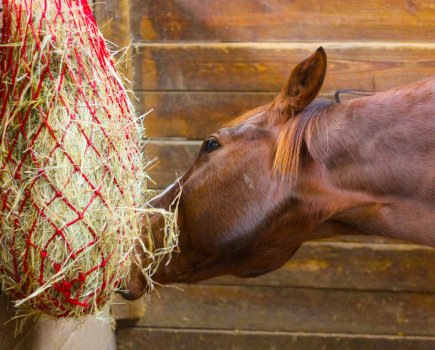The subject of feeding joint supplements has long been a hot topic in the equine world. Owners are aware that joint health is important for their horse’s wellbeing, but there’s much confusion around the different products available.
“Unlike joint supplements developed for humans, clinical trials into their usefulness with horses is limited,” says scientific and equine consultant Dr David Marlin. “The only companies investing in research are the manufacturers themselves — but it’s a costly exercise.”
For these results to be used in marketing, the product needs to be licensed as a pharmaceutical product, which costs millions of pounds.
“If clinical evidence could be used without supplements being licensed as medicines it would make it much easier for owners, with more horses being targeted effectively,” adds David.
Although choosing a joint supplement can seem bewildering, there are key ingredients worth looking out for on the label. Here are four of the most useful:
- Glucosamine — a type of sugar molecule that occurs naturally within joint cartilage and all other connective tissues. It’s used in pain relief, helps to slow cartilage breakdown and encourages healing.
- Chondroitin — a structural component of cartilage, bone and connective tissue. Another pain reliever (though no as obviously as Glucosamine), it’s thought it as a much greater role to play in preventing further breakdown. These two ingredients are often used together.
- Hyauronic Acid (HA) — found in synovial fluid, which allows bones to glide against one another. In older horses, the amount of HA available decreases and can cause pain, heat and swelling, so supplementation could be beneficial. It’s also fed to younger horses to help prevent osteochondrosis dissecans (OCD).
- Methylsulfonylmethan (MSM) — although it’s not clear how MSM works, it’s used as an anti-inflammatory in many products. It can also be bought in pure form.
If a joint supplement is going to work, you should see and feel an improvement quickly — certainly by the end of the loading dose period. If this isn’t the case, then it isn’t the right one for your horse.
Don’t miss the latest issue of Your Horse Magazine, jam-packed with training and veterinary advice, horse-care tips and the latest equestrian products available on shop shelves, on sale now.









